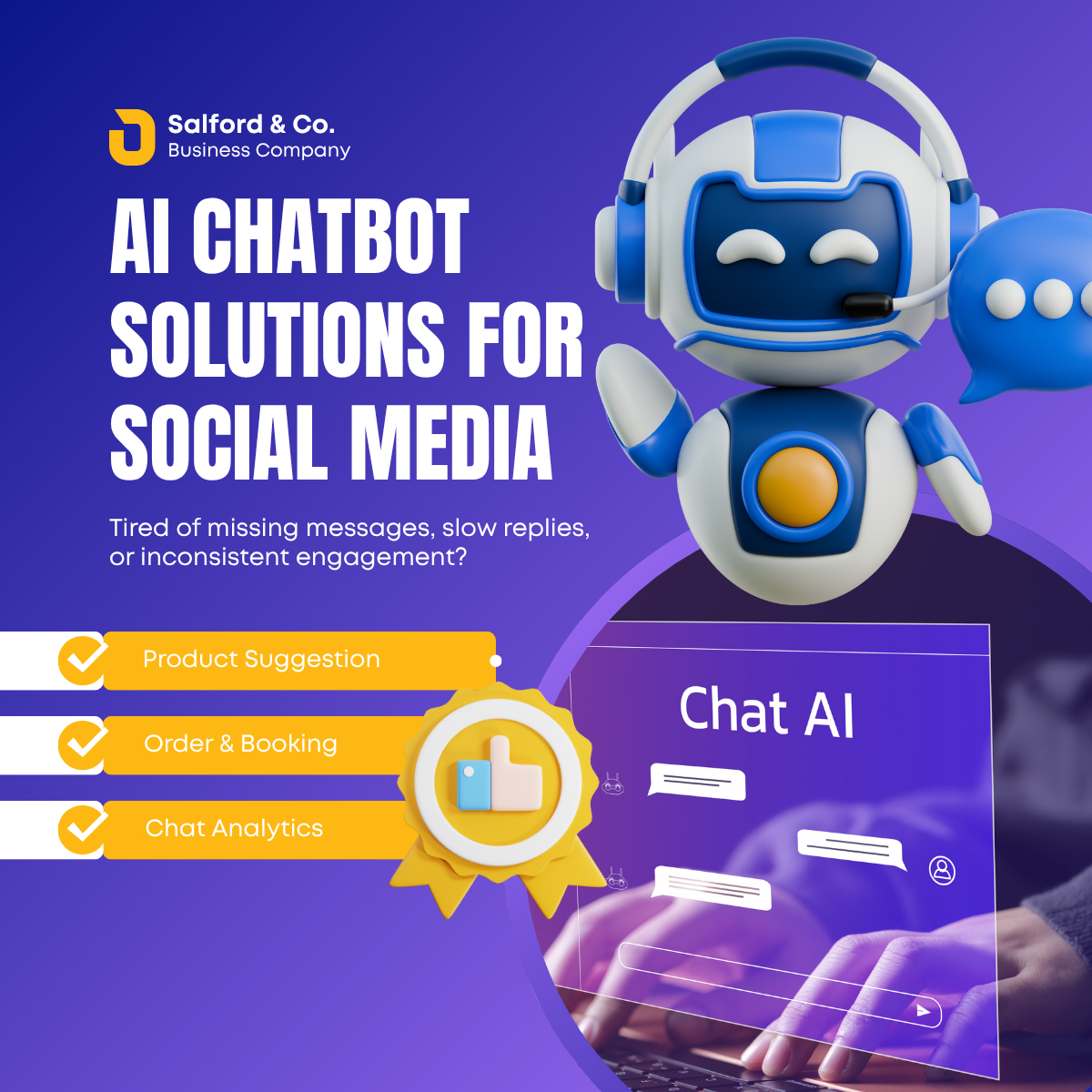Timeline of OpenAI Releases: From GPT-1 to GPT-4o
Explore the evolution of OpenAI’s language models in this comprehensive timeline, from the launch of GPT-1 to the advanced, real-time multimodal capabilities of GPT-4o. Discover how each release—from GPT-2’s public impact to GPT-3’s generative power, GPT-4’s reasoning leap, and GPT-4o’s integration of voice, vision, and text—pushed the boundaries of artificial intelligence and reshaped the future of human-AI interaction.

Timeline of OpenAI Releases: From GPT-1 to GPT-4o
OpenAI has rapidly transformed the landscape of artificial intelligence with its groundbreaking advancements in language models. From the research-focused release of GPT-1 to the multimodal brilliance of GPT-4o, each iteration has introduced significant improvements in reasoning, creativity, contextual understanding, and real-time interaction.
This timeline highlights the major milestones and key innovations in OpenAI's journey from GPT-1 to GPT-4o.
GPT-1 (June 2018): The Foundation
OpenAI released its first large-scale transformer-based model, GPT-1, in 2018. It was trained on 117 million parameters using BooksCorpus, marking a crucial step in demonstrating that language models could be pre-trained on large text datasets and fine-tuned for specific tasks.
-
Parameters: 117M
-
Focus: Proof of concept for generative pretraining
-
Impact: Opened the door for scalable language modeling
GPT-2 (February 2019): Public Attention & Text Generation
GPT-2 took the AI world by storm with its 1.5 billion parameters and surprisingly coherent long-form text generation. Initially withheld due to concerns about misuse, it was later released in stages.
-
Parameters: 1.5B
-
Key Feature: Strong generalization without task-specific training
-
Impact: Demonstrated the power of scale in language generation
GPT-3 (June 2020): The Breakthrough
With 175 billion parameters, GPT-3 was a massive leap in capability. It could write essays, generate code, compose poetry, and much more—all from natural prompts.
-
Parameters: 175B
-
Capabilities: Few-shot, one-shot, and zero-shot learning
-
API Launch: OpenAI launched the GPT-3 API via beta access
-
Impact: Brought generative AI into mainstream applications
Codex (August 2021): GPT for Programming
Based on GPT-3, Codex was trained further on public code from GitHub, enabling it to power GitHub Copilot and assist with programming in real time.
-
Focus: Code completion and generation
-
Integration: GitHub Copilot, OpenAI Playground
-
Impact: Revolutionized developer productivity and AI-assisted coding
DALL·E & CLIP (2021): The Vision Leap
OpenAI expanded beyond language with models like DALL·E (text-to-image) and CLIP (vision-language understanding), setting the stage for multimodal AI.
-
Use Case: Image generation and interpretation
-
Significance: Showed cross-modal AI capabilities
GPT-4 (March 2023): Smarter and Multimodal
GPT-4 brought multimodal input (text + images) and improved reasoning, logic, and safety. It could process large context windows (up to 32K tokens) and was deployed in Microsoft products like Word and Excel (as Copilot) and in ChatGPT Plus via GPT-4 Turbo.
-
Key Features: Better reasoning, vision input, safer responses
-
API Access: Widely available via OpenAI’s platform
-
Impact: Cemented OpenAI’s leadership in safe, enterprise-ready AI
GPT-4 Turbo (November 2023): Efficient Power
This variant of GPT-4 was optimized for performance, offering faster responses and lower costs, with context windows up to 128K tokens—ideal for analyzing large documents or books.
-
Availability: ChatGPT Pro, API
-
Highlight: High power at lower cost
GPT-4o (May 2024): Real-Time Multimodal Intelligence
GPT-4o ("o" for omni) is OpenAI’s most advanced model to date. It combines text, vision, and audio into one unified, real-time model. Capable of having fluid, emotionally expressive conversations and understanding images, documents, and spoken commands—all at high speed and lower cost.
-
Modalities: Text, images, audio (input/output)
-
Performance: Faster than GPT-4 Turbo, more affordable
-
Accessibility: Available even in ChatGPT free tier
-
Impact: Set a new standard for intelligent, real-time assistants
Looking Ahead: The Future of OpenAI
With each release, OpenAI has pushed the boundaries of what artificial intelligence can do—from pure text generation to full multimodal interaction. As models become more capable, OpenAI continues to focus on safety, alignment, accessibility, and empowering developers and users with ethical, powerful tools.


 author
author 








